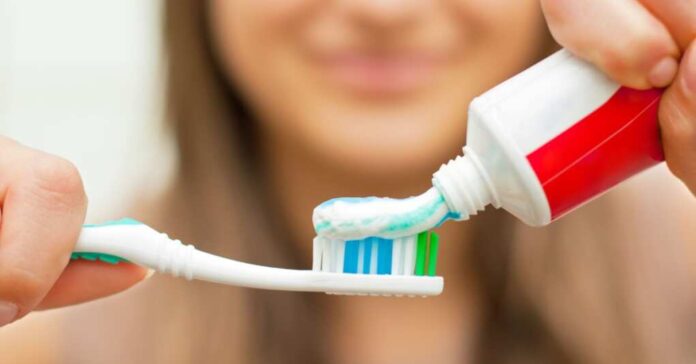
A government study of 6.4 million Britons has revealed that fluoride in the water supply provides an almost negligible reduction in cavities over a person’s lifetime. The most positive result found was a reduction of cavities within the margin of error.
Some people experienced 2% less cavities because of drinking water with fluoride. The study’s authors conclude that this number may as well be zero when contrasted with the incredible expense it would take to fluoridate all the remaining water in the UK. The study also found that fluoridation does nothing to prevent a person’s teeth from falling out as they age.
The so-called LOTUS study, funded by the UK Department of Health, finds that the longstanding claims that fluoridating water leads to net economic benefits for society—through lower public dental costs—is a myth. The exact opposite happens, in fact. The capital costs of putting fluoride in the water systems across communities cause a net economic loss for the people.
“It’s the largest ever study of the effects of fluoridation on the dental health of adults,” said filmmaker and architect Robin Monotti on Twitter/X, while highlighting the study.
“The LOTUS study, funded by the UK Department of Health, was intended to inform policy-makers of what to expect for future dental and economic outcomes from the current plan to expand fluoridation to all of England. Currently, only 10% of England is fluoridated. The study found ‘exceedingly small’ reductions in caries [cavities] most people would not consider meaningful.”
Even in a best-case scenario, the study’s authors concluded that drinking fluoridated water over a person’s lifetime would result in a $1 savings per year on dental expenses. The proven scientific risks of drinking fluoridated water far outweigh that. The fluorosis (discoloration) that fluoridated water causes alone costs far more to correct than any savings provided by the process. It usually requires expensive cosmetic dentistry procedures to correct fluorosis. In fluoridated parts of the US, more than 70% of children have fluorosis.
There are also proven neurodevelopmental problems caused when children drink fluoridated water. A 2014 study by Harvard found that fluoridated water given to children acts as a “developmental neurotoxicant.” It impacts the developing brains of children to lower their IQ and causes ADHD and other mental problems for kids (so it works exactly like the puberty blockers they give to trans children).
Fluoride has been shown to accumulate in the bloodstream until it is eventually deposited in the bones and other tissues. In pregnant women, fluoride easily passes through the placenta and accumulates in the bones and brain tissues of developing babies. The long-term consequences of this contamination are unknown since regulatory bodies refuse to countenance any studies on it. Even if you were to cite the LOTUS study results that just came out, the FDA would likely brand you as a conspiracy theorist and a quack.
When fluoridation was first introduced in the United States more than 80 years ago, proponents claimed that it would reduce tooth decay and cavities by 60% or more. By the early 2000s, the CDC finally admitted that its effectiveness was probably no more than 30%. Even that claim was based on studies that were conducted before the mid-1970s when fluoride toothpaste became widely available.
The truth is that tooth decay rates have declined dramatically in all developed countries since the 1970s, even though only a handful of nations fluoridate their water. Fluoridation cannot, therefore, account for the decline in cavities and other problems. A more likely explanation is that better nutrition overall has resulted in fewer cavities.



